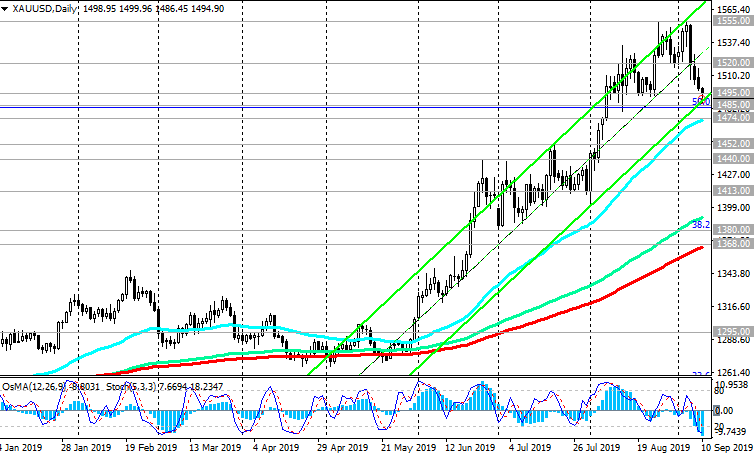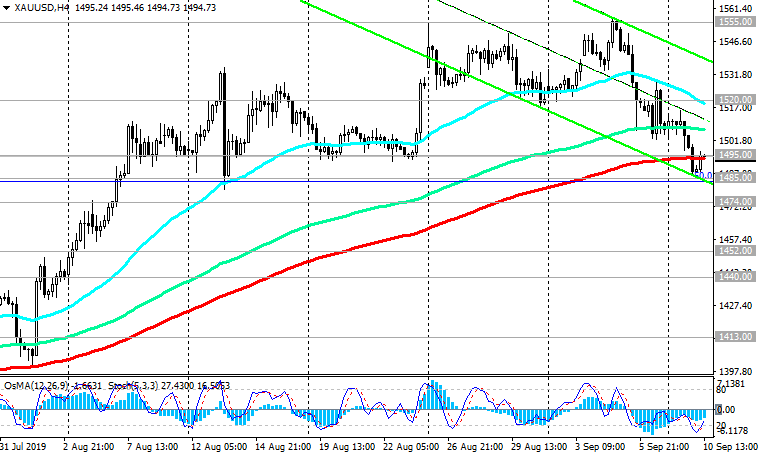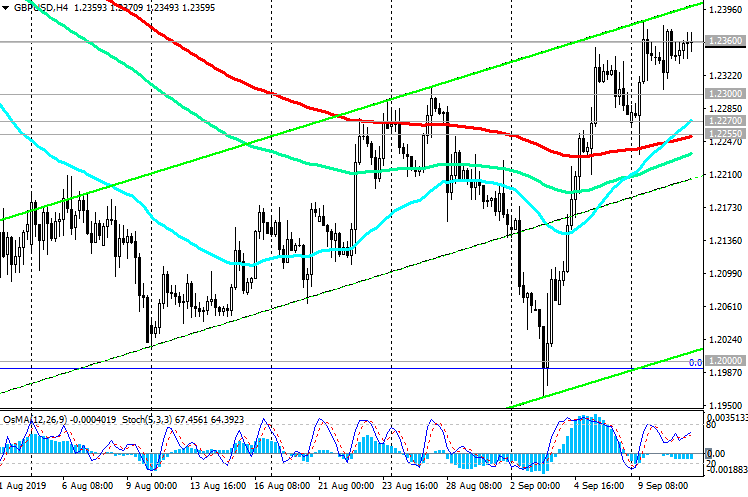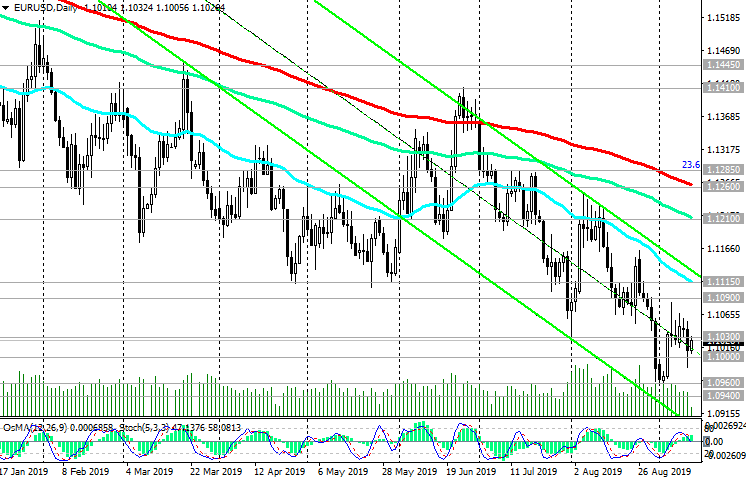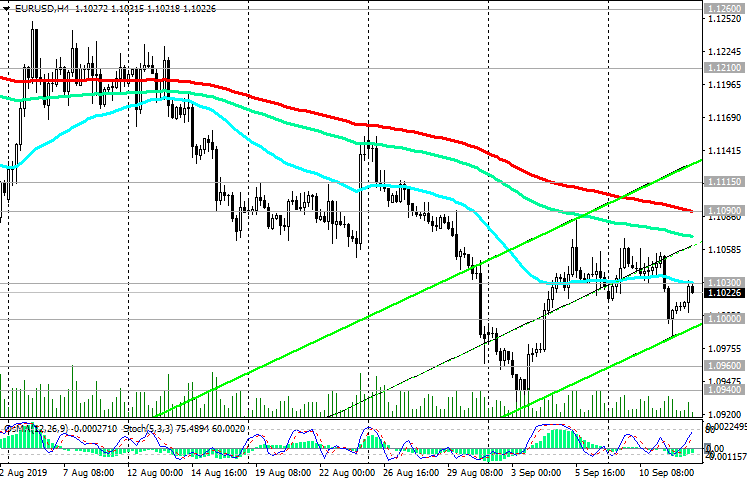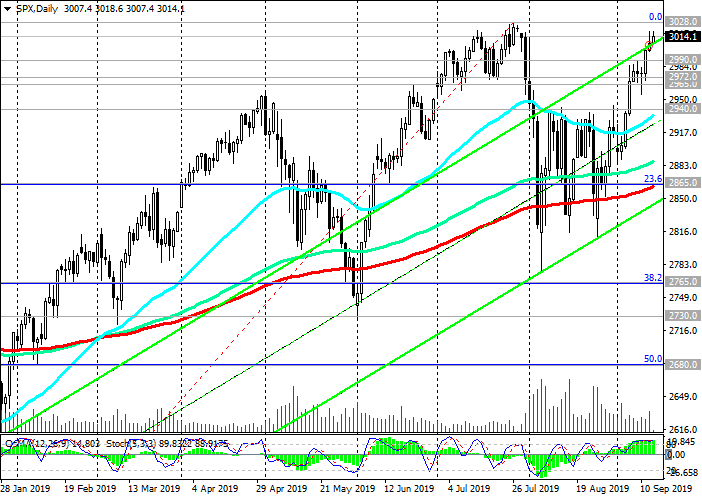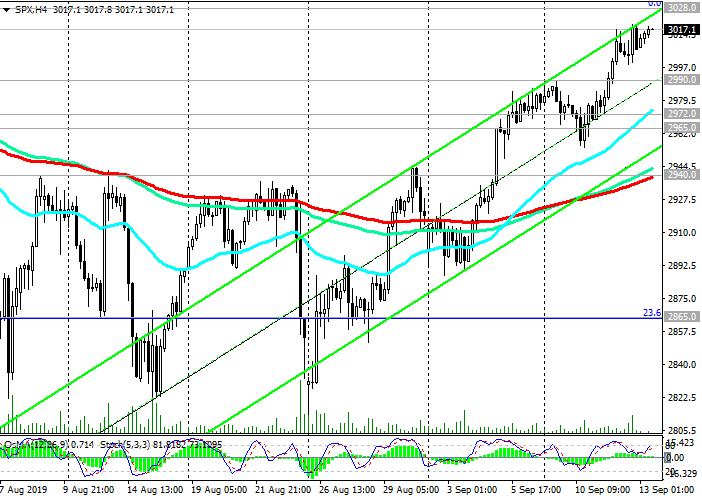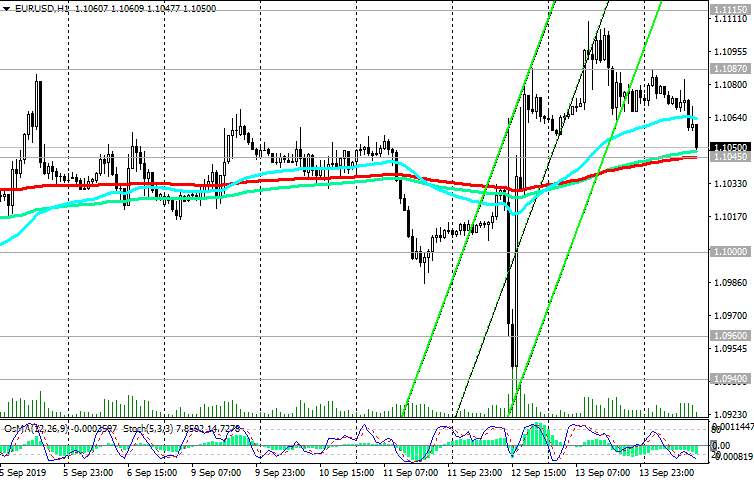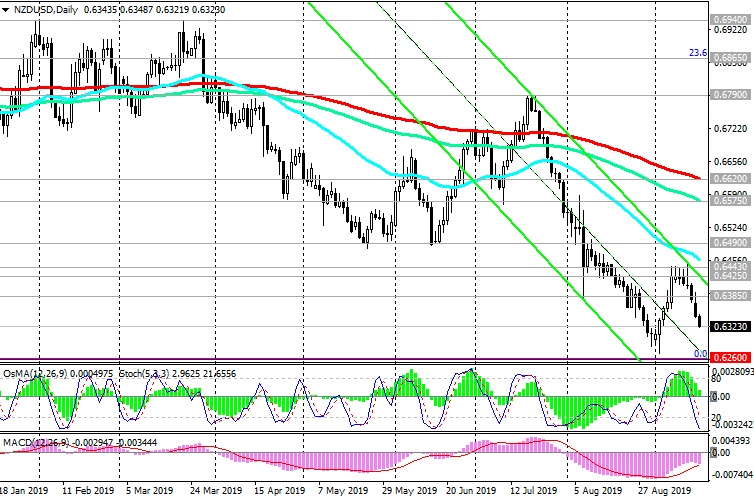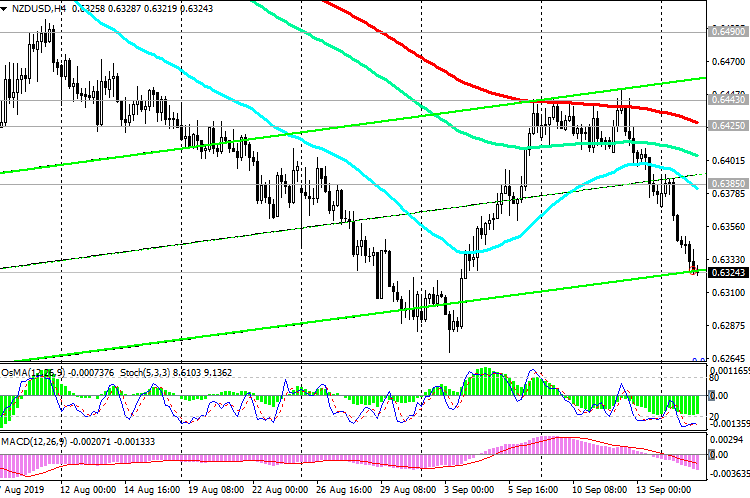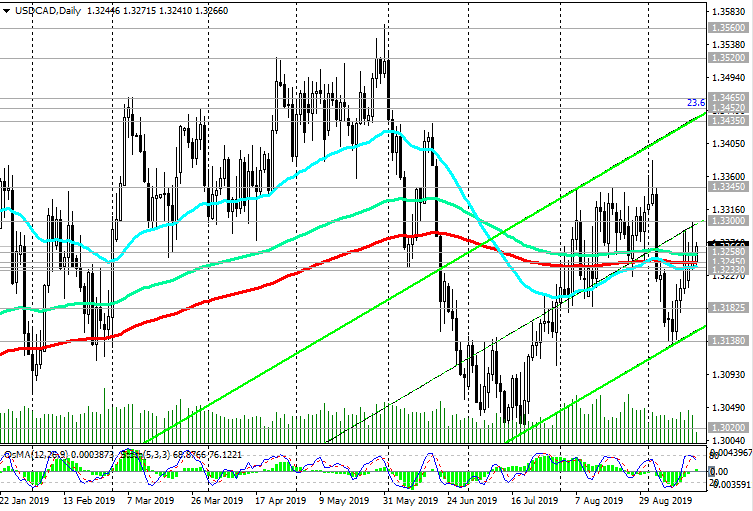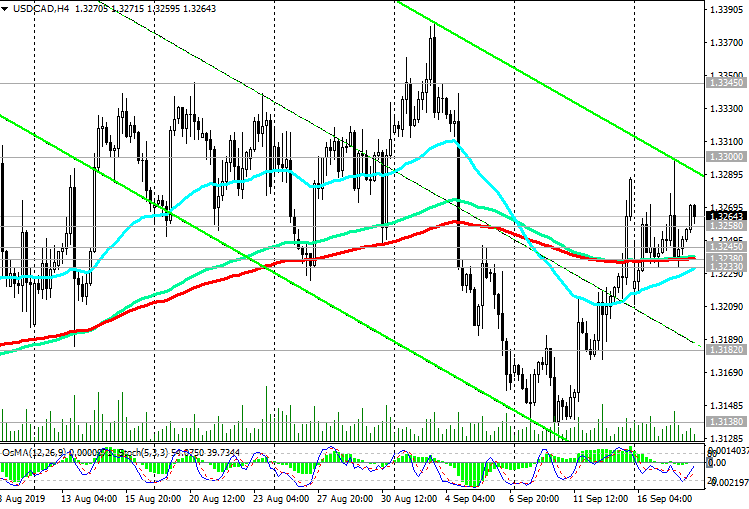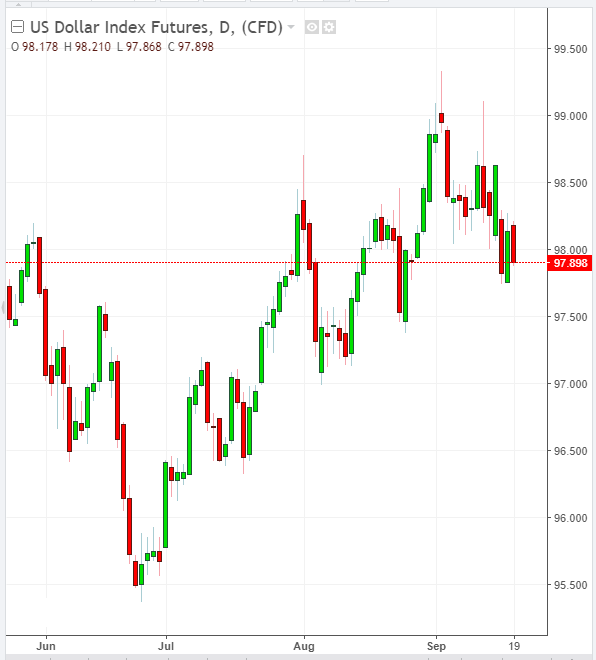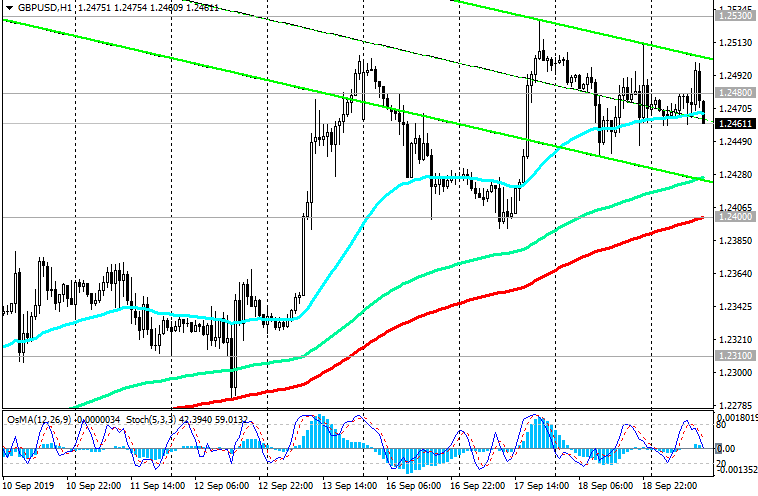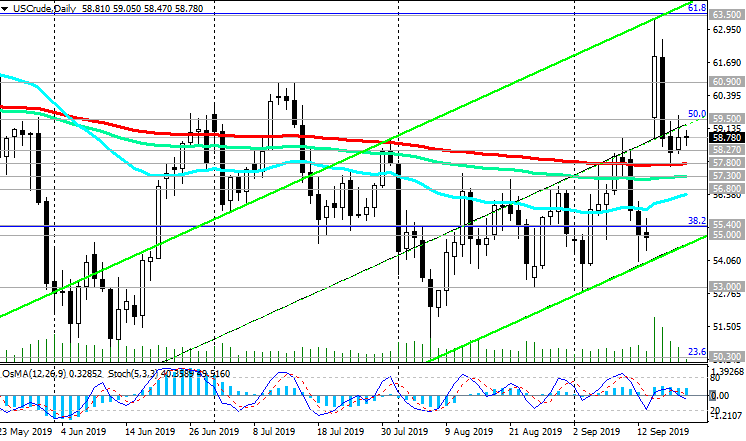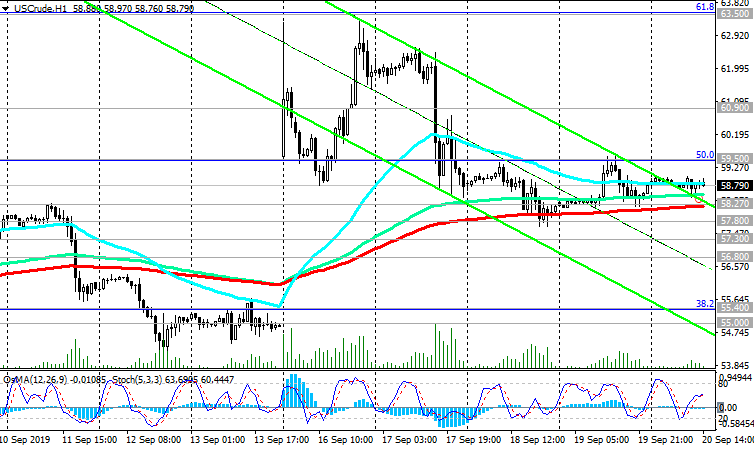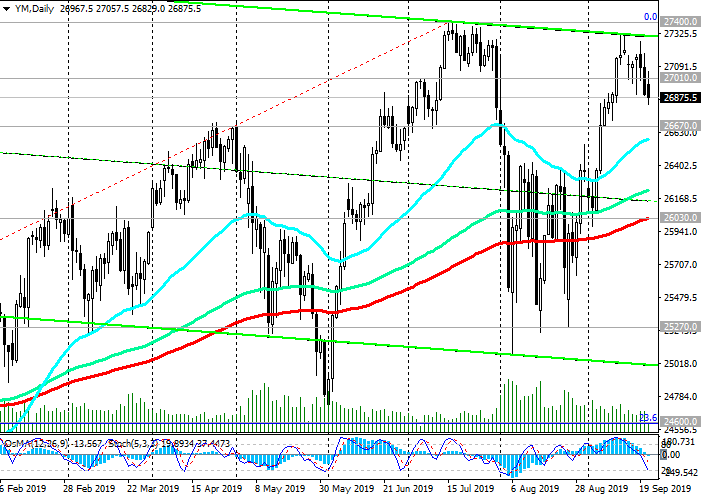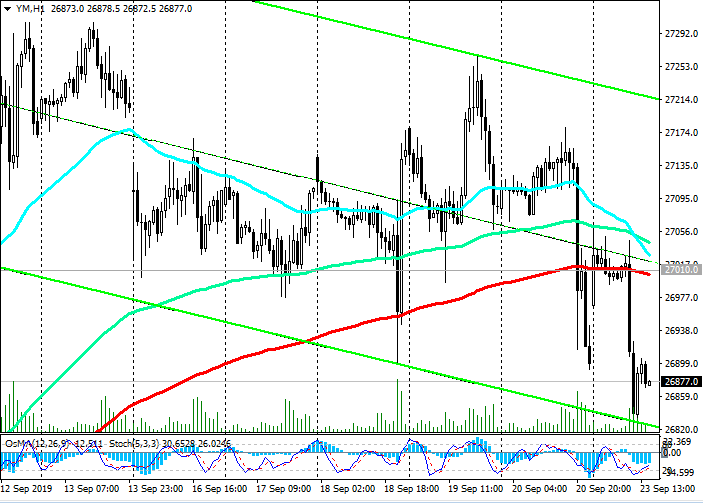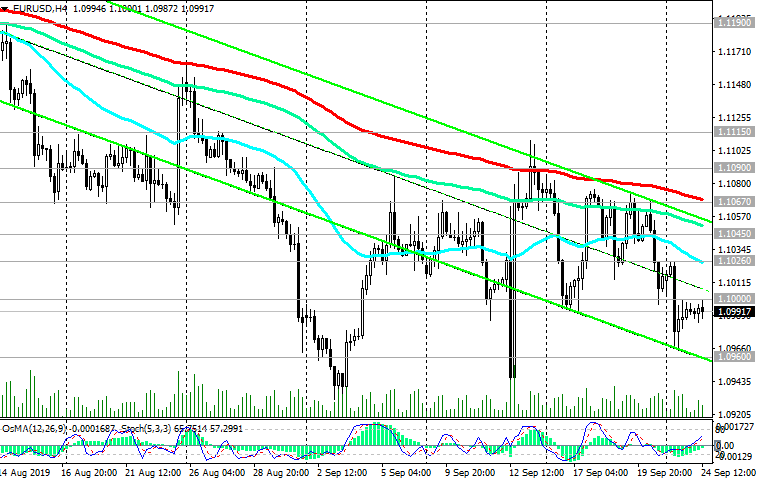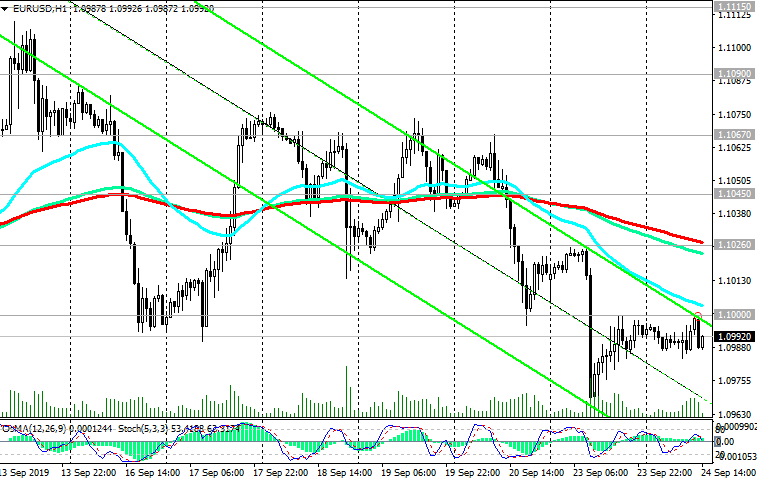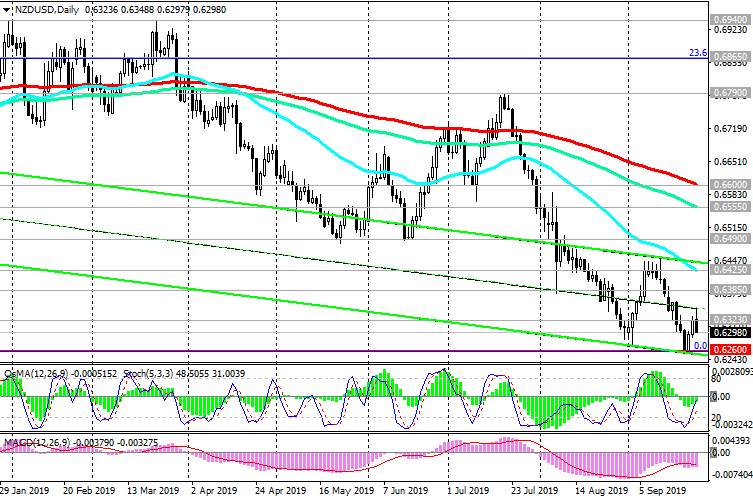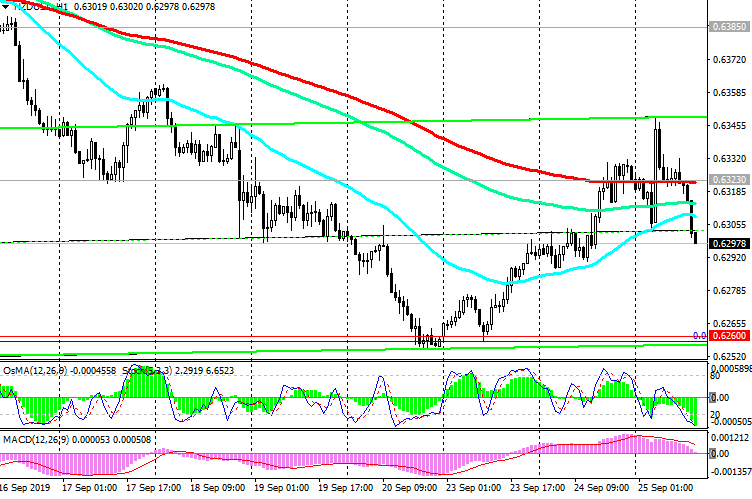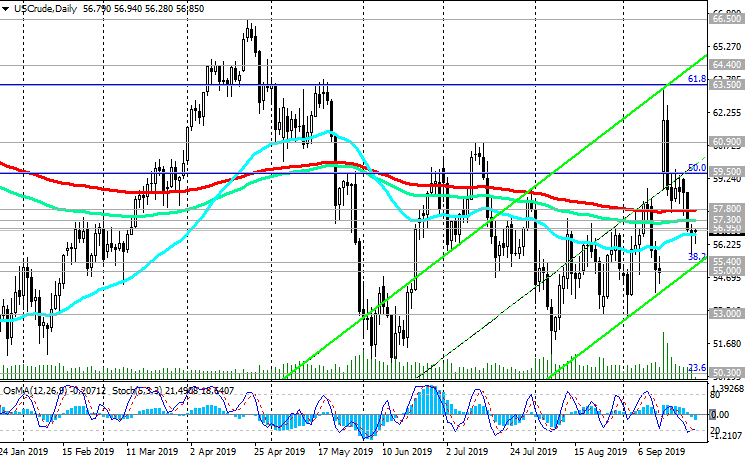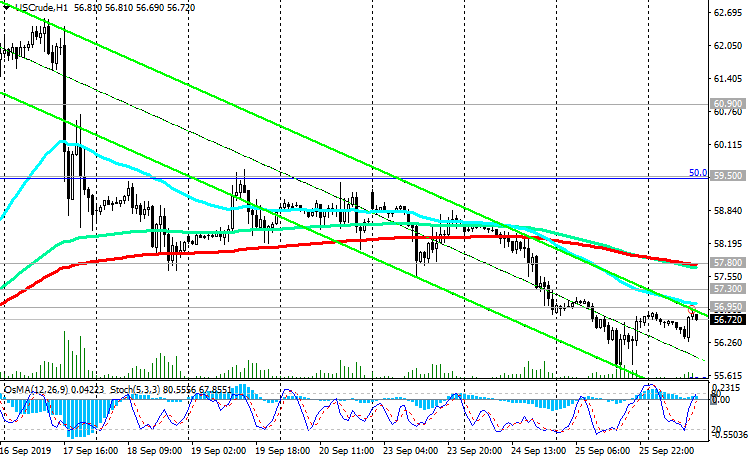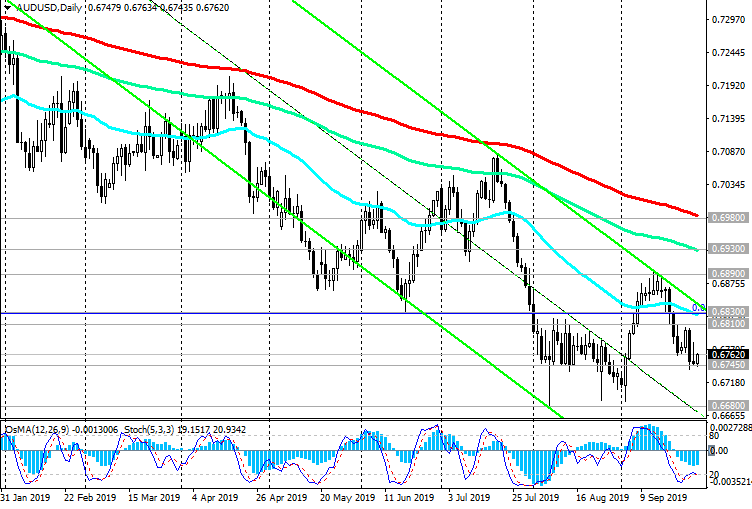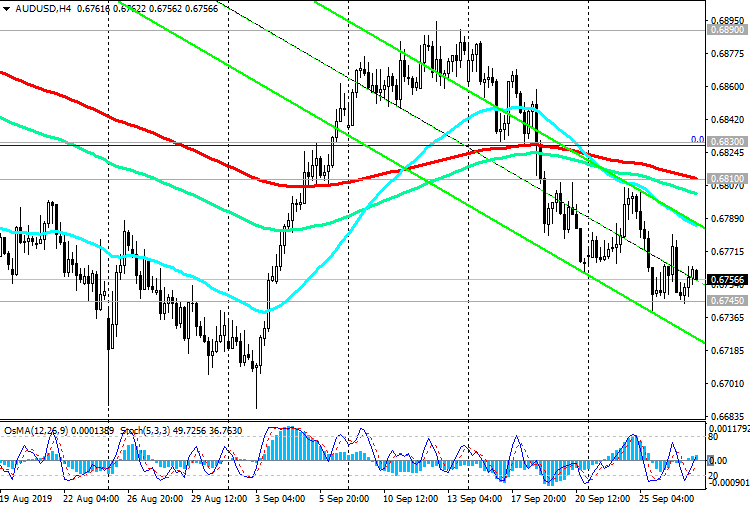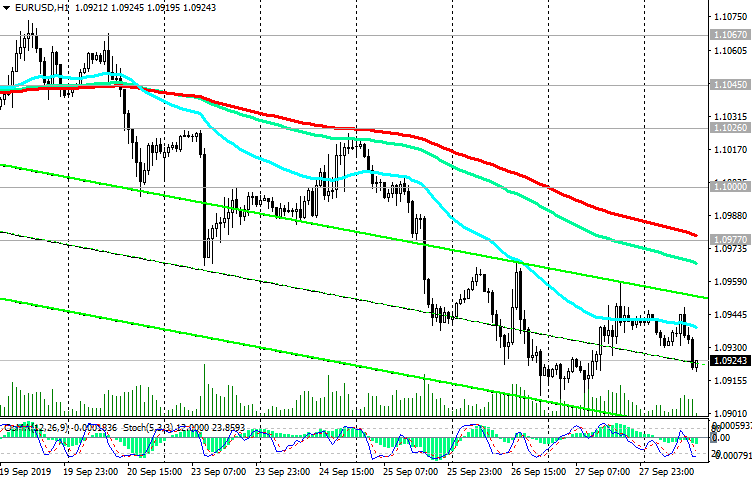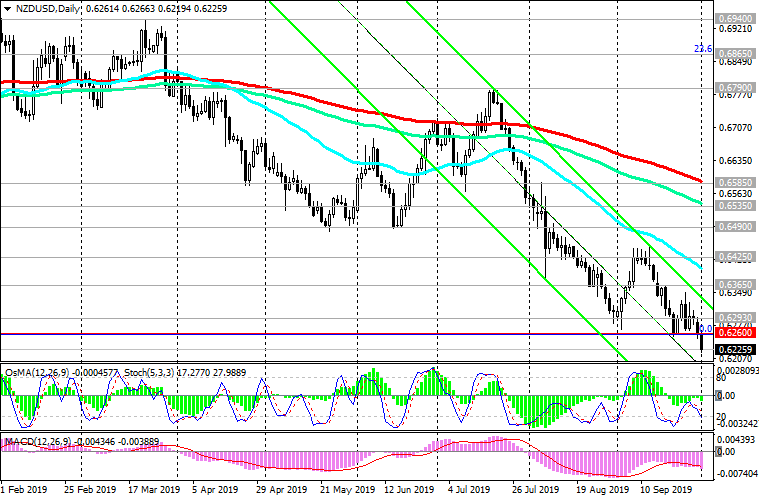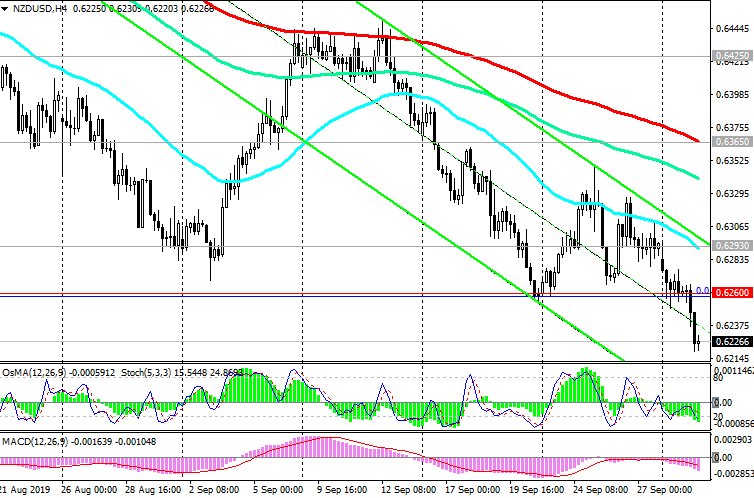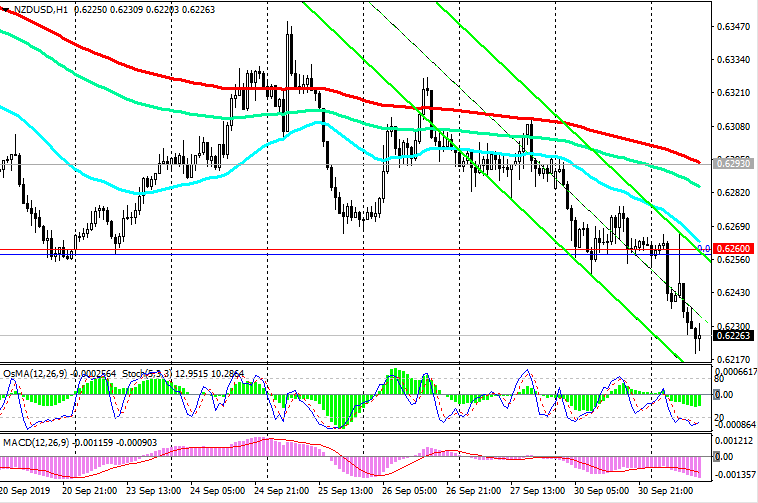TifiaFX
Established member
- Messages
- 641
- Likes
- 0
AUD/USD: Current dynamics and recommendations
09/04/2019
The weakening US dollar continues after the publication on Tuesday of weak PMI indices for the manufacturing sector.
Futures on the DXY dollar index fell again and traded at the beginning of the European session on Wednesday near 98.56, after earlier on Tuesday it reached a new multi-month high near 99.32.
At the beginning of today's European session, the AUD / USD pair is trading near the resistance level of 0.6783 (EMA144 on the 4-hour chart). A positive impulse may push the pair to the resistance levels of 0.6805 (ЕМА200 on the 4-hour chart), 0.6830. Further growth may be in doubt, and from these levels you can again enter into short positions.
Below the key resistance level of 0.7015 (ЕМА200 on the daily chart), a long-term negative trend prevails.
Australian GDP data released during the Asian session for the 2nd quarter showed the slowest growth since the global financial crisis. This makes it possible to further soften the RBA monetary policy by the end of the year, which creates a negative fundamental background for AUD.
In case of resumption of decline, the targets will be the support levels of 0.6680, 0.6600, 0.6260, 0.6000 (lows of 2008 - 2009).
Today is full of important news. During the US trading session, several Fed representatives are also expected to speak. In this regard, today we should expect an extremely volatile trading day. Also, today, the Bank of Canada makes a decision on the interest rate, which will be published at 14:00 (GMT), which will increase market volatility in this period of time.
Support Levels: 0.6700, 0.6680, 0.6600, 0.6300
Resistance Levels: 0.6745, 0.6810, 0.6830, 0.6865, 0.6960, 0.7000, 0.7015
Trading Recommendations
Sell by market. Sell-Limit 0.6805, 0.6825. Stop-Loss 0.6870. Take-Profit 0.6700, 0.6680, 0.6600, 0.6300
Buy Stop 0.6870. Stop-Loss 0.6790. Take-Profit 0.6900, 0.6960, 0.7000
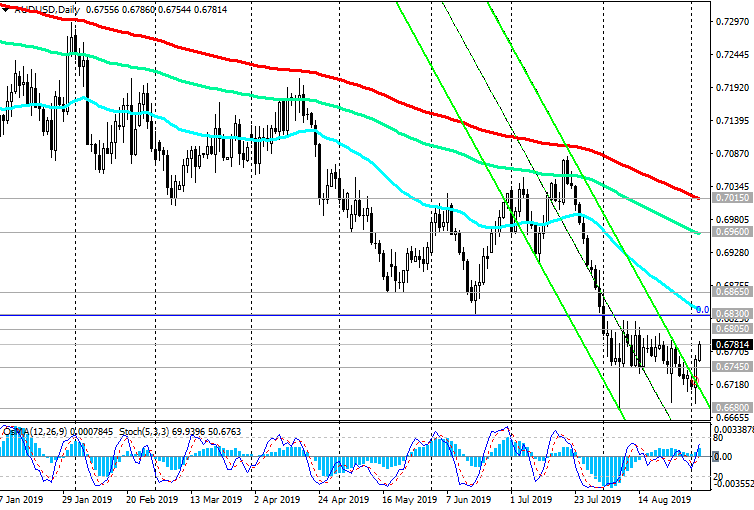
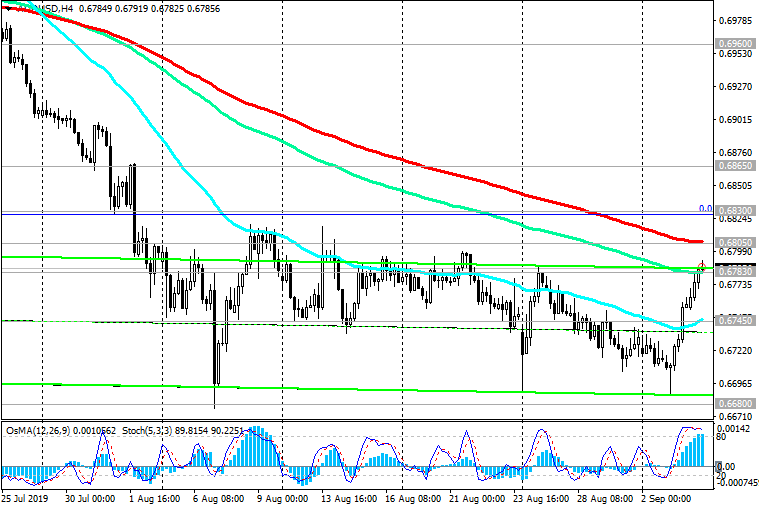
09/04/2019
The weakening US dollar continues after the publication on Tuesday of weak PMI indices for the manufacturing sector.
Futures on the DXY dollar index fell again and traded at the beginning of the European session on Wednesday near 98.56, after earlier on Tuesday it reached a new multi-month high near 99.32.
At the beginning of today's European session, the AUD / USD pair is trading near the resistance level of 0.6783 (EMA144 on the 4-hour chart). A positive impulse may push the pair to the resistance levels of 0.6805 (ЕМА200 on the 4-hour chart), 0.6830. Further growth may be in doubt, and from these levels you can again enter into short positions.
Below the key resistance level of 0.7015 (ЕМА200 on the daily chart), a long-term negative trend prevails.
Australian GDP data released during the Asian session for the 2nd quarter showed the slowest growth since the global financial crisis. This makes it possible to further soften the RBA monetary policy by the end of the year, which creates a negative fundamental background for AUD.
In case of resumption of decline, the targets will be the support levels of 0.6680, 0.6600, 0.6260, 0.6000 (lows of 2008 - 2009).
Today is full of important news. During the US trading session, several Fed representatives are also expected to speak. In this regard, today we should expect an extremely volatile trading day. Also, today, the Bank of Canada makes a decision on the interest rate, which will be published at 14:00 (GMT), which will increase market volatility in this period of time.
Support Levels: 0.6700, 0.6680, 0.6600, 0.6300
Resistance Levels: 0.6745, 0.6810, 0.6830, 0.6865, 0.6960, 0.7000, 0.7015
Trading Recommendations
Sell by market. Sell-Limit 0.6805, 0.6825. Stop-Loss 0.6870. Take-Profit 0.6700, 0.6680, 0.6600, 0.6300
Buy Stop 0.6870. Stop-Loss 0.6790. Take-Profit 0.6900, 0.6960, 0.7000



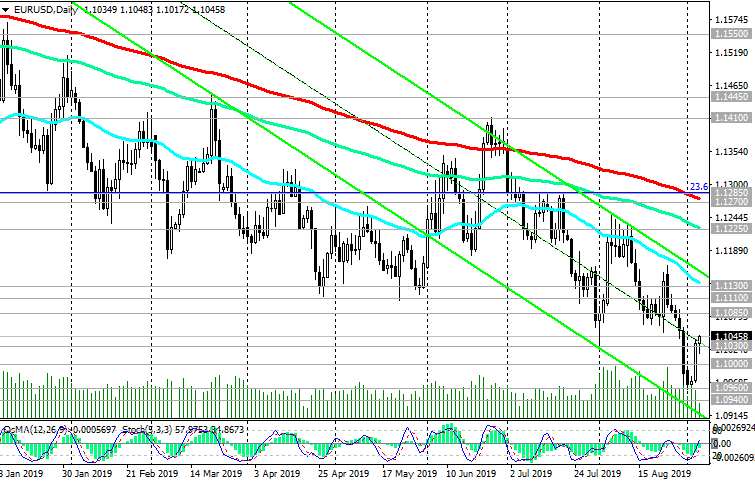
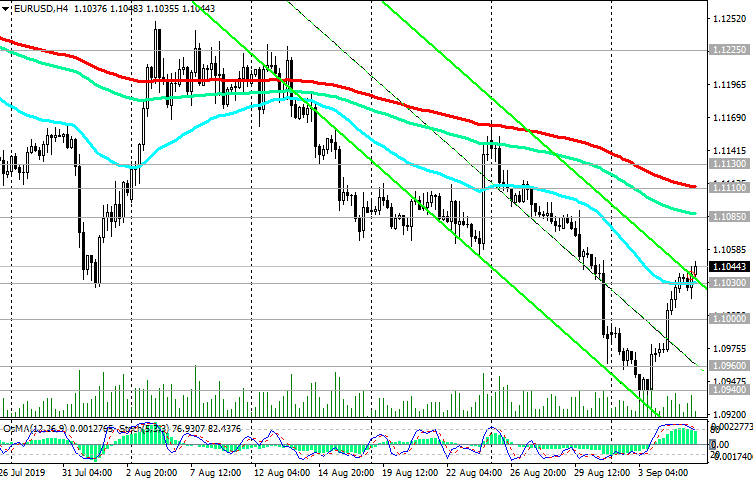
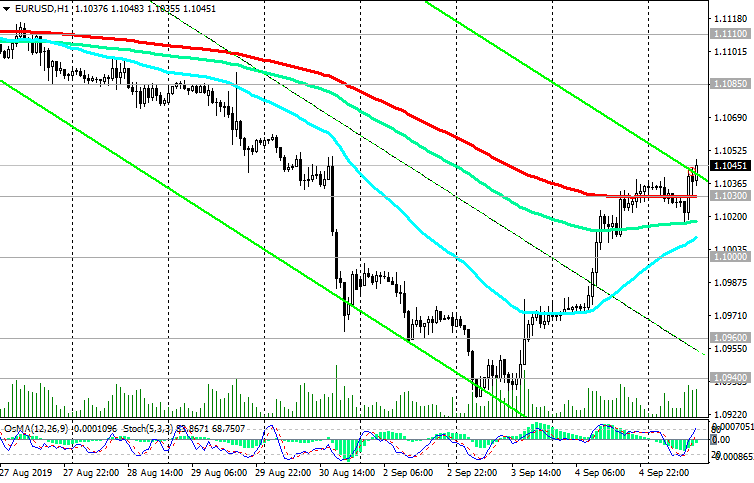
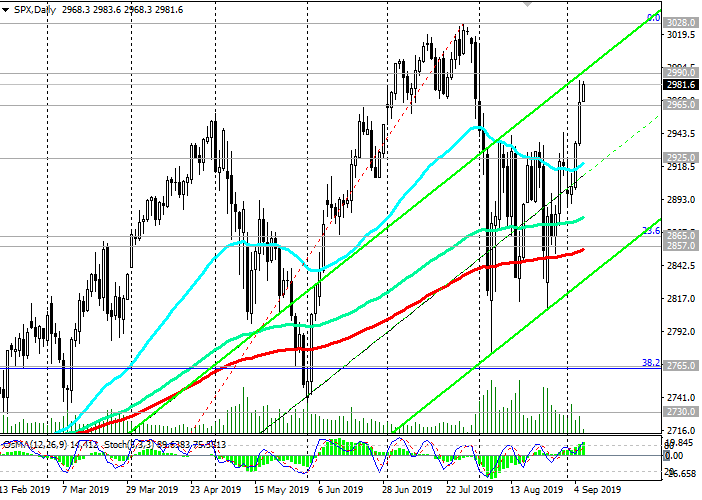
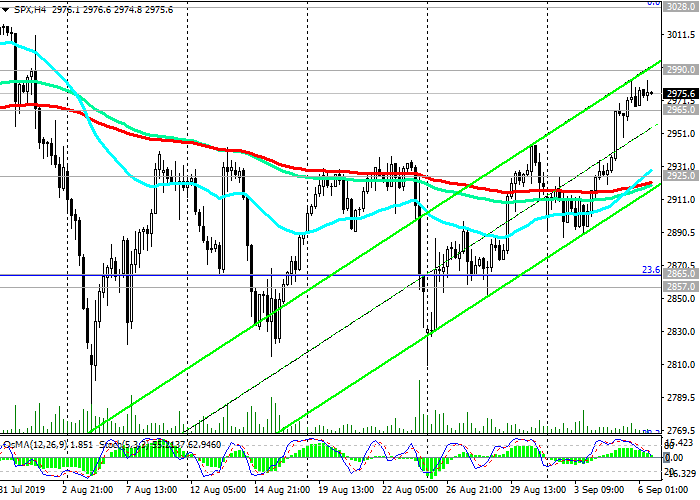
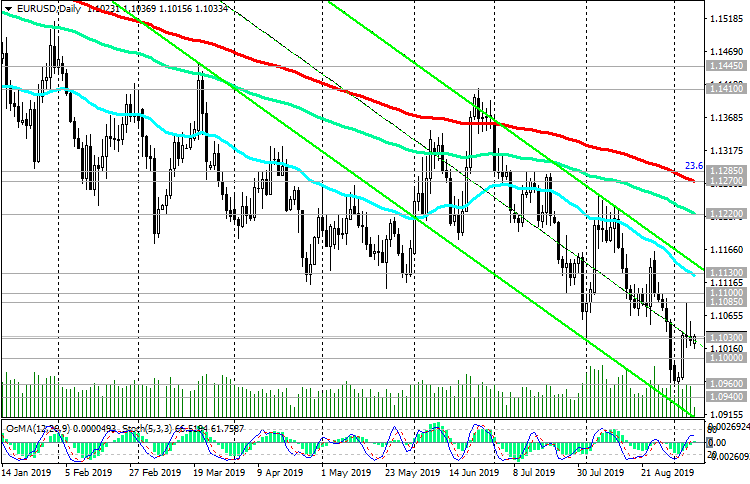
![URL]]](/proxy.php?image=http%3A%2F%2F%5BURL%3D%27https%3A%2F%2Fi.postimg.cc%2FG2cQDnCQ%2F090919-EU-H4.png%255B%2Fimg%27%5Dhttps%3A%2F%2Fi.postimg.cc%2FG2cQDnCQ%2F090919-EU-H4.png%5B%2Fimg%5B%2FURL%5D%5D&hash=2d975805b736a0411c1f2a8047bb5b1e)
